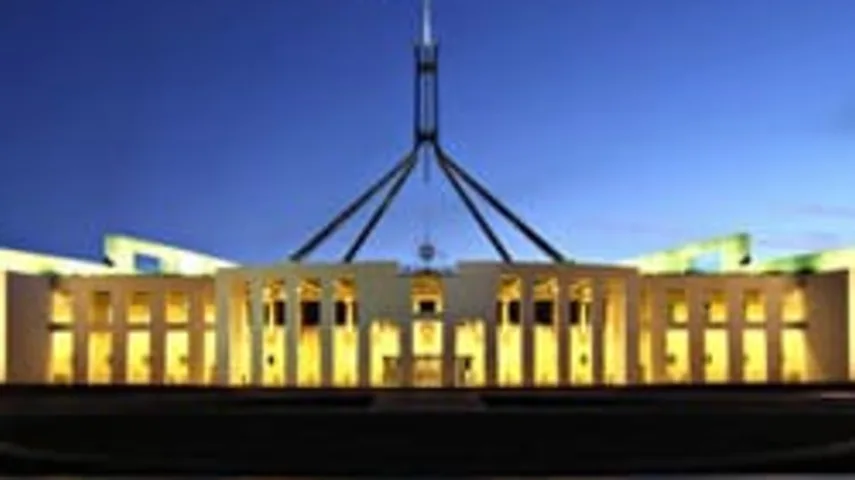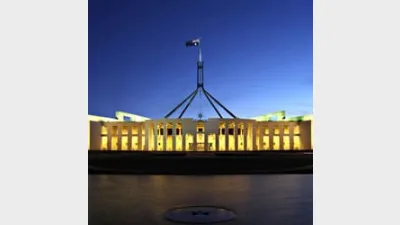Govt urged to define aligned and non-aligned planners



The Government should legislate to draw a distinction between aligned and independent financial planners, according to the Australian Institute of Superannuation Trustees (AIST).
The AIST has used its submission to the Senate Economics committee inquiry into the Scrutiny of Financial Advice, to call for the clearer identification of aligned and independent planners at the same time as claiming that high levels of bank ownership of financial planning resources was serving to conflict the market.
It said that by naming those planners which are bank-aligned and those which were independent would "assist with raising consumer awareness about which financial planners are inherently conflicted".
The AIST submission pointed to recent research produced by the Customer Owned Banking Association suggesting that Australia had the most concentrated banking sector of any G20 country and to other research claiming that the four largest banks, their wealth arms and AMP had coverage of over 55 per cent of all financial planners and 79 per cent of all platform advisers.
Its submission claimed that "such conflicts of interest have detrimentally flowed onto consumers in various financial planning scandals, including in recent times the Commonwealth Bank and Macquarie Bank".
"Structurally, it is difficult to ensure that consumers are as fully protected as they should be, given the structural conflict of interest arising from not having a clean separation of banking from wealth management," it said.
The submission also claimed the current level of consumer protection was insufficient and that even those provided by the Future of Financial Advice (FOFA) changes fell short, and stated that the AIST was concerned that there existed no uniform professional code for financial planners.
"Given the inherent structural conflicts involved in the financial planning sector, AIST strongly contends that a voluntary code would not provide consumers with adequate protection. Such a code should be separate to membership of a professional body," it said. "Given the public scandals and the erosion of consumer confidence, AIST suggests that such a code could be developed under the operation of an ASIC regulatory guide."
Recommended for you
Despite the year almost at an end, advisers have been considerably active in licensee switching this week while the profession has reported a slight uptick in numbers.
AMP has agreed in principle to settle an advice and insurance class action that commenced in 2020 related to historic commission payment activity.
BT has kicked off its second annual Career Pathways Program in partnership with Striver, almost doubling its intake from the inaugural program last year.
Kaplan has launched a six-week intensive program to start in January, targeting advisers who are unlikely to meet the education deadline but intend to return to the profession once they do.










